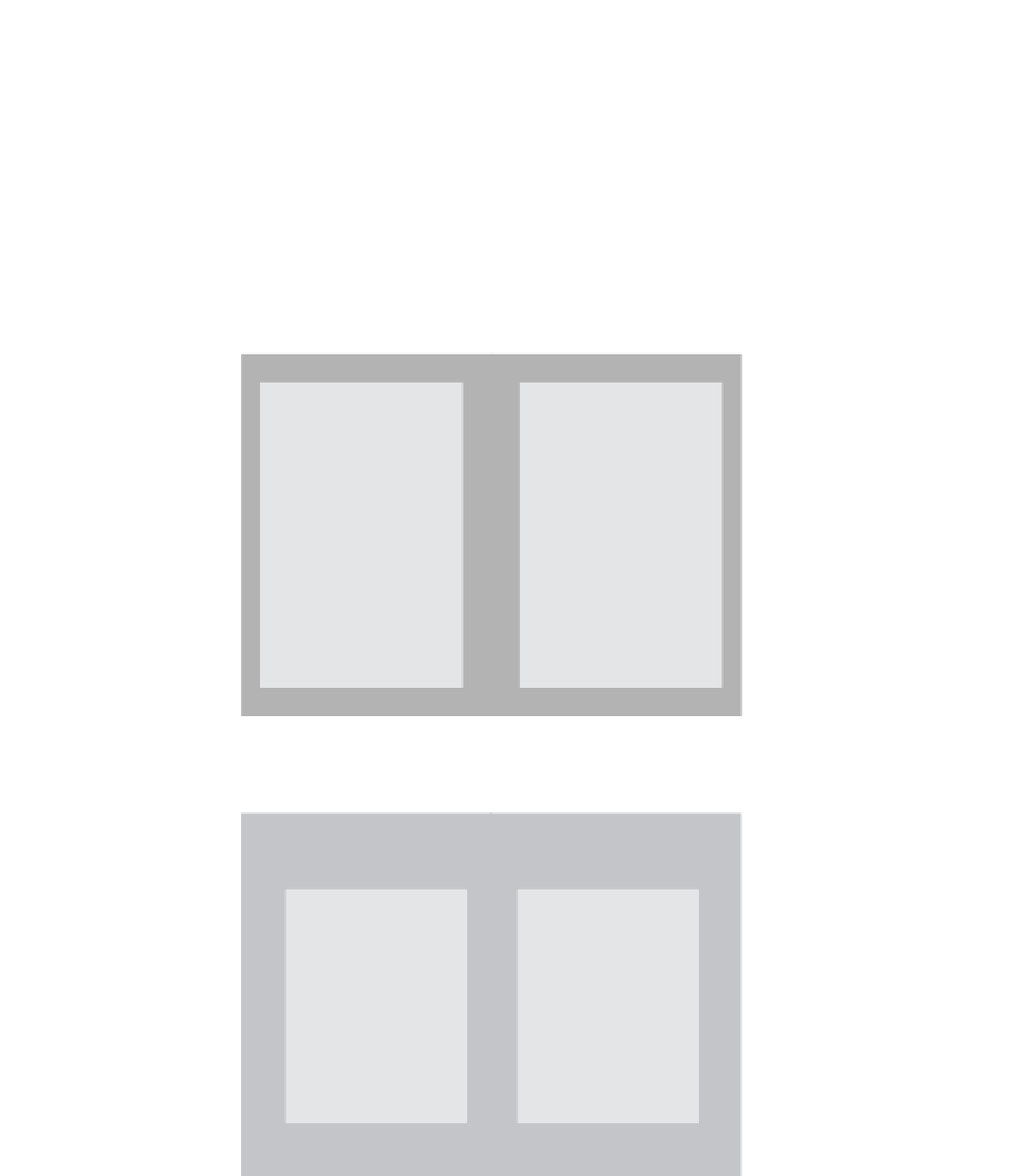Graphics Reference
In-Depth Information
Margins and Grids
The size and placement of margins is one of the first variables that affect the way view-
ers experience content. Generous margins give pages an open feel and accommodate a
large amount of white space. Tighter margins allow for inclusion of more content but can
lead to pages that appear to be packed with text and imagery. For novels and text-heavy
topics, smaller margins are often appropriate. Annual reports, photography books, and
brochures are usually better served by wider margins.
In either case, it is important to give sufficient space both for the outside margins (so
that a reader's thumbs don't cover content as they hold a book or brochure) and for the
gutter and spine.
This is an example of a page layout with tighter margins. In such a system, a large amount of content can be placed on pages and
effective use of white space will be determined by the designer's placement of elements within the composition.
Here is an example of a spread with larger margins. This layout system will accommodate less content but is likely to result
in a visually open design.




























Search WWH ::

Custom Search